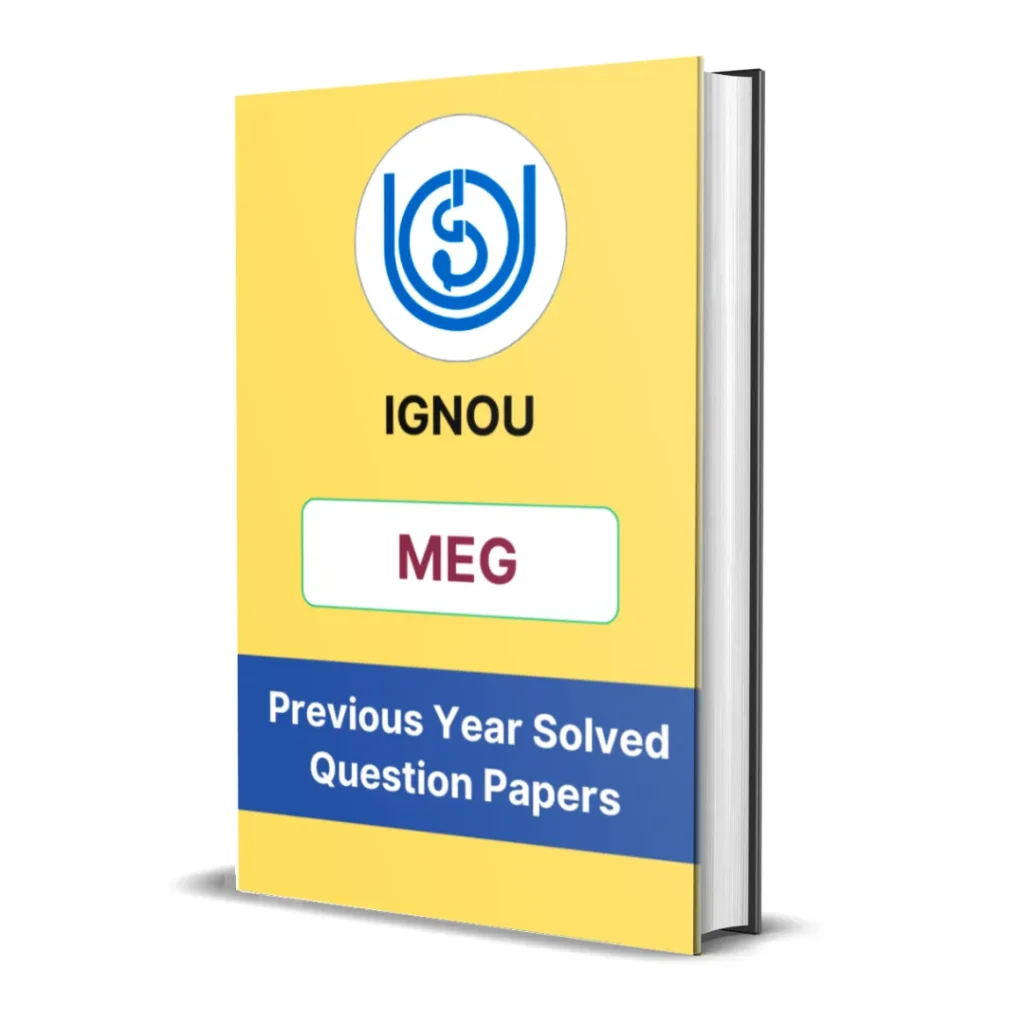MEG-01 Block 5 Summary | The Neoclassical Poets: Dryden & Pope
- Last Updated On August 12, 2025
Table of Contents
Here you will get the detailed summary of IGNOU MEG 1 Block 5 – The Neoclassical Poets: Dryden & Pope
We have provided the summary of all units starting from unit 22 to unit 26.
Unit 22: The Age of Dryden
This unit provides a historical and literary overview of the period often referred to as the Age of Dryden (roughly 1660–1700). It follows the Restoration of the monarchy in 1660 with Charles II’s return to England, which brought significant political, social, and cultural changes. The trauma of the Civil War and Puritan rule gave way to a more secular, rational, and socially sophisticated worldview. The Restoration court favored wit, elegance, and satire, and these values defined much of the literature of the time.
The unit explains that Neoclassicism—a literary movement inspired by classical ideals of order, balance, and decorum—dominated this period. Writers like Dryden were influenced by Roman poets such as Horace and Juvenal, and they sought to emulate their refinement and moral seriousness. The emphasis shifted from individual emotion and spiritual introspection (as in the metaphysical poets) to public commentary, clarity of style, and moral judgment. The unit also introduces key themes of Neoclassical poetry: the role of reason, the importance of social harmony, and the use of satire as a means of correcting vice and folly.

Unit 23: John Dryden
This unit gives a biographical and literary portrait of John Dryden (1631–1700), a towering figure in Restoration literature and the first official Poet Laureate of England. Dryden was not only a poet but also a dramatist, translator, and literary critic. His career reflected the shifting political tides of his time—from monarchy to Commonwealth to Restoration—and he often wrote to address current political events and controversies.
Dryden’s poetic voice is marked by:
-
Formal precision and heroic couplets (rhymed pairs of iambic pentameter lines).
-
A balanced use of wit and reason to expose human folly.
-
A capacity to blend classical references with contemporary relevance.
The unit explores Dryden’s versatility, ranging from his political satires (like Absalom and Achitophel) to his occasional poetry and odes. It also discusses his role as a literary theorist, particularly in An Essay of Dramatic Poesy, where he advocated for classical unity and defended English drama. Overall, Dryden is presented as a poet of reason, restraint, and moral insight—ideals that defined Neoclassical literature.

Unit 24: Mac Flecknoe and Alexander’s Feast
This unit focuses on two of Dryden’s significant poems: the mock-heroic satire Mac Flecknoe and the celebratory ode Alexander’s Feast, or the Power of Music. These two poems represent very different tones and styles, yet both showcase Dryden’s technical skill and thematic range.
In Mac Flecknoe, Dryden satirizes the poet Thomas Shadwell, portraying him as the heir to the throne of dullness. The poem uses the mock-epic form—a lofty style applied to a trivial subject—to ridicule Shadwell’s lack of poetic talent. Through wit, irony, and vivid imagery, Dryden criticizes bad poetry, while also laying the groundwork for the satirical mode later perfected by Pope and Swift.
Alexander’s Feast is an ode written to honor St. Cecilia, the patron saint of music. It celebrates the power of music through the story of Timotheus, a musician whose performance sways the emotions of Alexander the Great. The poem demonstrates Dryden’s command over rhythm, sound, and dramatic structure. It also emphasizes the emotional and political influence of art, showing how music can inspire love, sorrow, and war. This contrast between the humorous invective of Mac Flecknoe and the sublime praise of Alexander’s Feast illustrates Dryden’s remarkable range as a poet.
Unit 25: Pope – A Background to An Epistle to Dr Arbuthnot
This unit shifts to the 18th century and introduces Alexander Pope (1688–1744), the most important poet of the Augustan Age. Pope’s life was marked by physical disability, religious marginalization (he was a Catholic in Protestant England), and a strong intellectual drive. Despite these challenges, Pope established himself as a master of verse satire, known for his precise diction, moral seriousness, and brilliant use of the heroic couplet.
The unit offers background on Pope’s world—an age of growing print culture, emerging literary professionalism, and fierce political rivalry. Satire became a key mode of expression, and Pope used it both to defend himself from critics and to engage in wider cultural debates. An Epistle to Dr Arbuthnot is one such poem, addressed to Pope’s friend and physician, Dr. John Arbuthnot, who was also a member of the Scriblerus Club—a group of satirists that included Jonathan Swift.
The unit emphasizes that this “epistle” is not just a personal letter, but a carefully crafted defensive satire. Pope uses it to critique his enemies, reflect on his poetic mission, and affirm his independence and integrity. Understanding Pope’s life, literary milieu, and social tensions is essential for reading this poem with depth.
Unit 26: Pope – The Study of An Epistle to Dr Arbuthnot
This unit provides a close reading and critical analysis of An Epistle to Dr Arbuthnot, one of Pope’s most important satirical poems. The poem is a defense of the poet’s life and values, written in the form of a verse epistle. It blends autobiography with satire, moral reflection with personal attack.
The poem is divided into three parts:
-
The introduction, in which Pope complains about being pestered by critics, flatterers, and literary hacks.
-
The middle section, where he sketches various types of bad poets and satirizes figures like Lord Hervey (Atticus) and Colley Cibber.
-
The final section, where Pope presents his father as a moral example and defines his poetic principles—truth, virtue, and independence.
Pope’s use of irony, balanced antithesis, and witty couplets is at its sharpest in this poem. The unit helps students appreciate how Pope transforms a personal and social crisis into a work of literary art, combining self-representation with critique of the corrupt literary world.